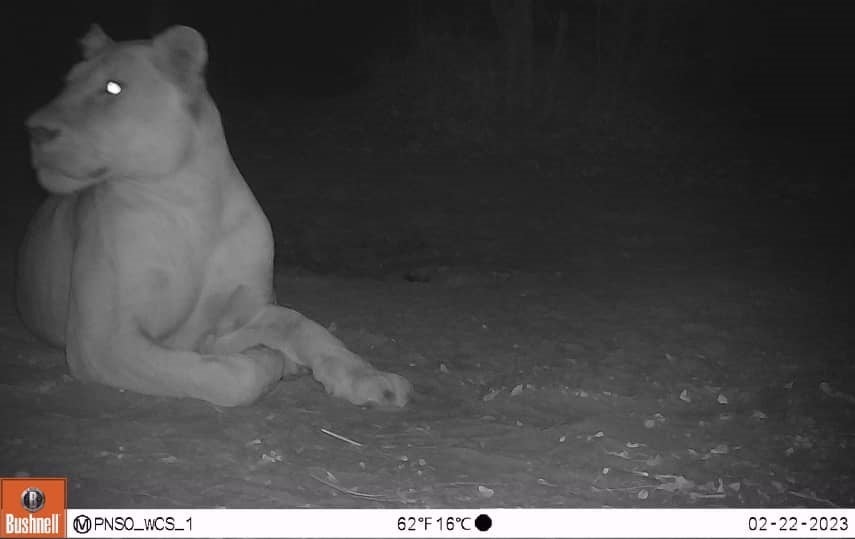‘Extinct’ lion spotted in national park almost 20 years after last sighting
The IUCN Red List previously assessed the lion as “technically extinct” in Sena Oura
Your support helps us to tell the story
From reproductive rights to climate change to Big Tech, The Independent is on the ground when the story is developing. Whether it's investigating the financials of Elon Musk's pro-Trump PAC or producing our latest documentary, 'The A Word', which shines a light on the American women fighting for reproductive rights, we know how important it is to parse out the facts from the messaging.
At such a critical moment in US history, we need reporters on the ground. Your donation allows us to keep sending journalists to speak to both sides of the story.
The Independent is trusted by Americans across the entire political spectrum. And unlike many other quality news outlets, we choose not to lock Americans out of our reporting and analysis with paywalls. We believe quality journalism should be available to everyone, paid for by those who can afford it.
Your support makes all the difference.A lion has been captured on camera in Chad’s Sena Oura National Park almost 20 years after the big cats were last seen there in 2004.
Until now, they were believed to be extinct in the area.
A team of conservationists from the Government of Chad and the Wildlife Conservation Society (WCS) released the image, describing it as “a beautiful lioness, in her prime and clearly in great health.”

The IUCN Red List previously assessed the lion as “technically extinct” in Sena Oura, which is located close to the border with Cameroon. After the area was intensely targeted by organised poaching in 2012, the governments of both Cameroon and Chad later committed to conservation which has now seen national parks and wildlife populations beginning to recover.
“This is hugely encouraging because prime females are the foundation of any lion population, and they are not big wanderers: they inhabit areas that have prey and are safe to raise their cubs in”, Dr Luke Hunter, WCS Big Cat Programme executive director, told the BBC.
Dr Hunter believes that the lioness is “not alone”, adding that this could be an early sign of recovering lion populations in the adjacent Bouba N’djida National Park in Cameroon. Together, the two parks span 650,000 hectares.
The neighbouring park “supports lions which are now increasing and appear to be recolonizing parts of their former range including Sena Oura”, WCS remark, whose conservationists “support park guards in the region by conducting on-the-ground wildlife surveys including by camera trapping.”
Overall, lions are classified as vulnerable on the IUCN Red List. However, populations in West and Central Africa are especially small, declining by approximately 66 percent since the early 1990s. As a result, they are considered critically endangered in these regions.





Join our commenting forum
Join thought-provoking conversations, follow other Independent readers and see their replies
Comments